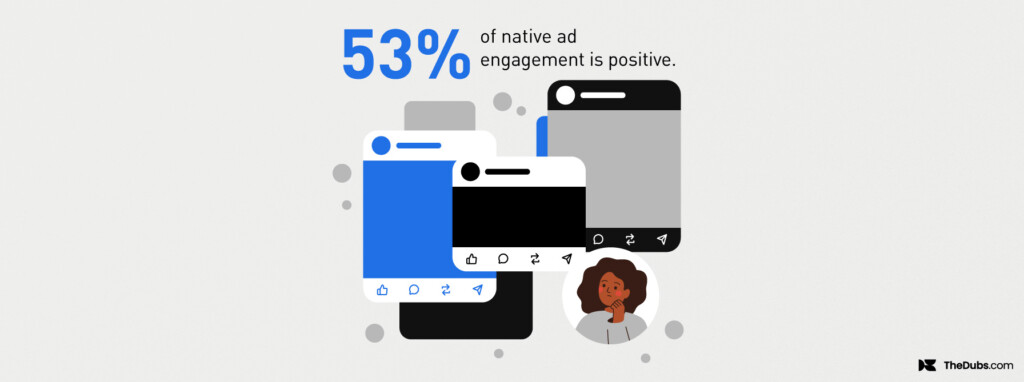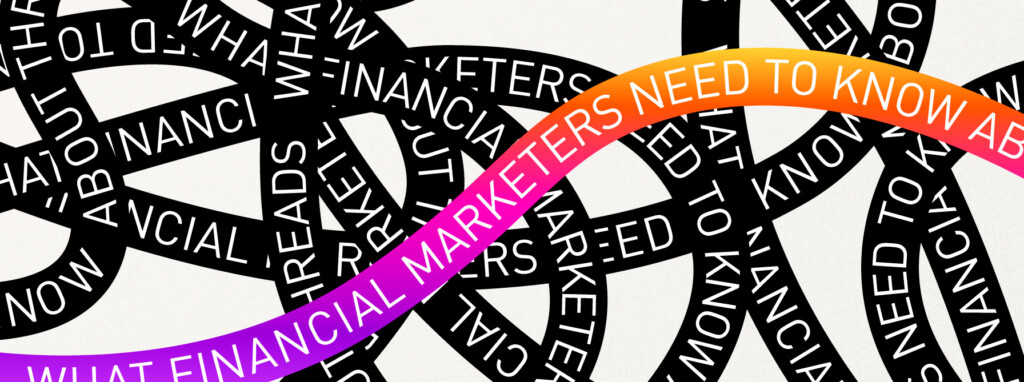Having invested in high-quality content, published on your own channels and pushed content to your existing subscribers, how do you then find new audiences without relying on traditional digital advertising? One way to get discovered is native advertising networks.
Native advertising networks (think Outbrain, Taboola) have an important job: to display your content where your target audience already is, introducing them to your brand outside of your own controlled environment – “that moment when a brand meets their audience” as Outbrain’s Yoav Tourel told The Dubs in a 2017 interview. Ultimately native advertising networks help drive traffic from authoritative publishers to relevant content on your owned channels.
For financial brands, UK-based Dianomi goes one step further, offering a more “brand-safe” environment via a network of publishers in finance and business verticals. Dianomi talk a lot about the “power of context” and about how conversions drop as soon as you leave a contextually relevant environment
Finance-specific or not, these networks are about building trust and engagement. But how do you go from the promise to reality? Whether you’re using Outbrain, Dianomi, Taboola or any of the other native discovery networks, here are our 5 best tips for running effective native advertising network campaigns.
Ultimately native advertising networks help drive traffic from authoritative publishers to relevant content on your owned channels.
1. Plan your native advertising campaign
Like any campaign, it’s important to be clear on your goals from day one of planning. Are your KPIs around brand awareness, engagement, sales growth, website traffic or website conversions?
You’ll need to know your target audience, based on data, not guesswork. Segment your customers according to profiles, targeting each with stories that fit. Partner with publishers whose audiences align with your brand’s tone of voice and your segments. (And be prepared to experiment with these – see point 5 below.)
With some native advertising networks you can access a full list of their websites, see publisher-by-publisher performance; and they can whitelist or blacklist sites – which is important for any brand-safety issues.
And when you’re scheduling the ads, make the most of published data offering insights on when to serve up content, like the findings in this Taboola report: Global Trends in Native Advertising for Finance 2018.
2. Juggle engagement and trustworthiness
Users of native advertising aren’t in a search or social mindset – they’re looking to discover something new. So you need to engage them with fresh thoughts, appropriate language and strong visuals; but at the same time financial brands need to balance that against industry regulations and maintaining consumer trust.
A Dianomi white paper reveals that “22% of senior marketers have specific examples of how their brand advertising was connected to compromising content or served to an incorrect or inappropriate audience.” In 2017, JP Morgan Chase famously learned that its ads had appeared on a website called Hillary 4 Prison.
Outbrain cites a successful example of this balance. With their UK insurer Halifax, they created a memory game asking users to spot stolen items. The content achieved an average completion rate of over 80% and an increase in brand interaction of over 70%, according to Nielsen research. Importantly, while the game encouraged engagement, it also emphasised the importance of protecting your home.
3. Be transparent
If you want to maintain and/or grow consumer trust, your audience should never feel duped. Make sure your brand’s involvement in the content is clear; at the same time you should be giving real value and quality content (equal to that of the publication), not a self-serving sales pitch.
4. Use imagery and headlines that grab attention
Yes, it is important to capture attention in the native setting. Dianomi say the best performing headline they’ve seen performed at 650% more than the average. But you also need to be accurate about what you’re offering (e.g. no clickbait). Your headline keywords, images, and videos should be relevant to the content you’re promoting and your brand. They also need to be as targeted to the audience and topic as possible. In that way, you’re “pre-qualifying” customers as Outbrain’s Tourel says, and setting realistic expectations for where they’ll be heading when they click.
There’s plenty of research provided by the networks about what content works and when. For instance, a report published by Taboola suggests that animals and people aren’t the most engaging images for financial content; and that image trends change week-by-week, and by country.
5. Test, and then refine your targeting
One best-practice suggestion is to start with a wide target. After a period, see who’s responding. Choose several audience segments based on this and some new sites. You can also A/B test combinations of headlines, photos, videos. When you create new content, start the process again.
Some networks will also give you insights into trending stories across their publishers so you can serve up something relevant to those topics.
Ad networks report some amazing results. Dianomi says one of its customers, a firm that sells retirement products offered financial advisers content that would help them educate their own customers on market risk and volatility. The company created a white paper and videos, which had more than 2,500 downloads/views, their most successful online campaign to date.
An effective network discovery campaign begins with the right strategy and quality content presented in a way that’s relevant to the target audience. At The Dubs, we specialise in all these essential elements.
Get in touch to find out more about utilising native advertising networks to help your brand be discovered.









